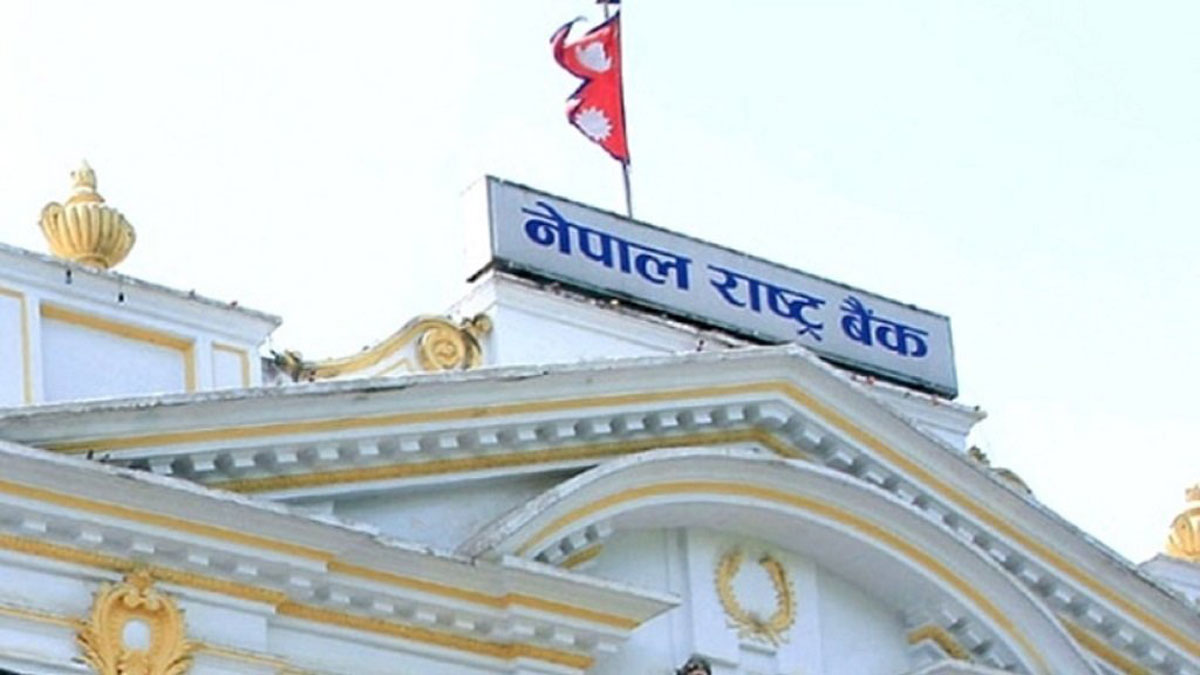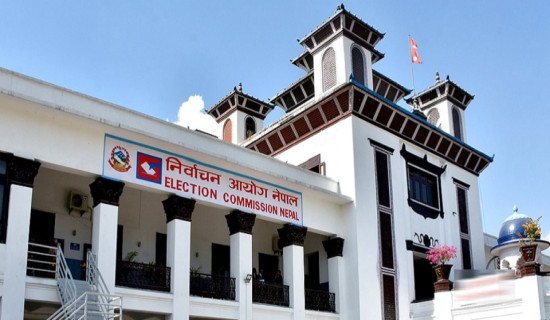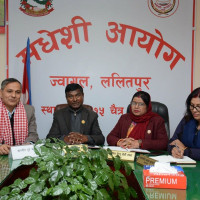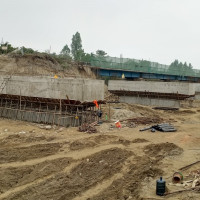- Thursday, 8 January 2026
Inflation drops to 3.85% from 8.19% that of last year
Kathmandu, Oct. 16: Inflation rate in Nepal has dropped to 3.85 per cent in mid-September this year from 8.19 per cent a year ago. This is lower than the inflation rate of 4.10 in mid-August this year.
According to the latest report on country's macroeconomic situation published by the Nepal Rastra Bank (NRB), food and beverage inflation stood at 5.03 per cent whereas non-food and service inflation stood at 3.19 per cent in mid-September 2024 while the price indices of these groups had increased by 9.77 per cent and 7.19 per cent, respectively last year.
In food and beverage category, price of pulse and legumes went up by 10.80 per cent, vegetables by 9.84 per cent, and cereal grains and their products by 9.34 per cent. But the price of fruit increased by 4.94 per cent on year on year basis. However, the price of spices decreased by 2.69 per cent.
The report published on Tuesday stated that the inflation in non-food category was less than the food items with the price of alcoholic drinks going up by 6.76 per cent, clothes and footwear by 6.08 per cent and furnishing and household equipment by 4.88 per cent in mid-September this year.
Executive Director of the NRB, Dr. Gunakar Bhatta, said that the comparative stability in the price of the non-food items contributed to the lower rate of inflation.
Housing and utilities, health, recreation, education, restaurant and accommodation services contributed to the significant improvement of the inflation rate on year-on-year basis. Price of these items saw no increase over the past one month. Likewise, price of housing and utilities went up by 2.22 per cent, health by 1.45 per cent, transportation by 1.92 per cent, recreation by 1.48 per cent compared to the same period a year ago.
However, inflation in education sector is up by 3.35 per cent and restaurant and accommodation services by 2.62 per cent on year-on-year basis.
Spokesperson of the NRB, Ramu Paudel, said that this significant drop in the price also contributed to the fall in the price of goods in the international markets as well.
Although this reduction in consumer price inflation (CPI) is encouraging for the economy, reflecting lower price pressures across various sectors, this drop also indicates at lower demand in the market as the private sector has long been pointing to the empty commercial spaces even at the busy shopping areas across the country. The business of housing and space rental service has remained sluggish for the past couple of years.
According to the report, increase in price was higher in rural areas than the cities as the inflation rate remained at 4.04 per cent and 3.78 per cent in rural and urban region respectively in mid-September. Similarly, the rate was high in Sudurpaschim Province (5.90 per cent) and low in Bagmati Province (3.29 per cent).
Remittance and forex reserves up
Meanwhile, remittance inflows, a critical source of income for Nepal’s economy, increased by 15.2 per cent reaching Rs. 263.14 billion in the first two months of the Fiscal Year 2024/25. During the same period in FY 2023/24, the country received Rs. 228.40 billion in remittance.
Likewise, foreign exchange reserves also saw a positive trend, increasing by 5.5 per cent to Rs. 2152.53 billion, or USD 16.04 billion, as of mid-September 2024. This growth in foreign exchange reserves is crucial as it can contribute to protecting the country against external shocks, especially given the importance of remittances and other foreign inflows, which are mostly volatile. The reserves are sufficient to cover merchandise and services imports for 13.7 months.
In terms of balance of payments (BOP), the country recorded a surplus of Rs. 101.77 billion in the first two months of this year which is an increase from Rs. 55.1 billion surplus recorded in the same period last year.












-original-thumb.jpg)



